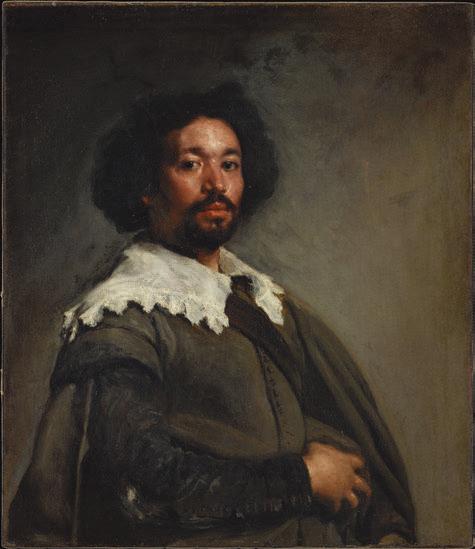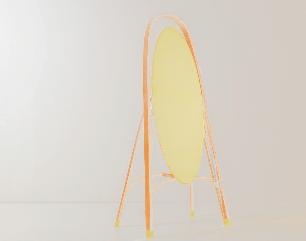
1 minute read
Ventana St anding Mirror
Diego Velázquez painted this portrait of his enslaved assistant in Rome around 1650, presenting the man in a manner that belied his station in life. Even more amazing is the fact that after completing the portrait and receiving wide acclaim for its quality, Velázquez released Juan de Pareja, who himself become a painter.
“Here was a master that painted his slave in such a regal setting,” Hershberger says. “It’s a great perspective of how we should treat the people who work with us and for us.”
The Ventana Standing Mirror is made with the highest-quality brass that has been polished by hand to create its reflective-but-still-imperfect look — what Hershberger sees as a metaphor for the realities humans encounter when we are faced with getting honest about who we are and how we’re living.



“I have had a couple people in my life tell me, ‘Just go to the mirror, look in the eyes, and look into the heart and see if you like what you see,’ ” he says. “... We need to be able to peer into our hearts and [determine] if we really like what we see.”










